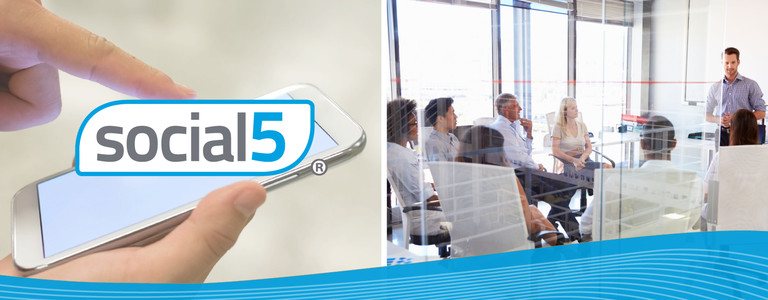 Do you remember the photo of the Challenger disaster on Tumblr? It wasn’t a tribute to the seven crew members who died in that NASA space shuttle explosion in 1986. Rather, the photo simply had the hashtags #clouds and #smoke, suggesting that it was an everyday artistic image. The photo created a public-relations nightmare for the apparel company that posted the image. In the end, the company acknowledged that the social media faux pas had been made by a young social media marketer who hadn’t been alive at the time of the explosion.
Do you remember the photo of the Challenger disaster on Tumblr? It wasn’t a tribute to the seven crew members who died in that NASA space shuttle explosion in 1986. Rather, the photo simply had the hashtags #clouds and #smoke, suggesting that it was an everyday artistic image. The photo created a public-relations nightmare for the apparel company that posted the image. In the end, the company acknowledged that the social media faux pas had been made by a young social media marketer who hadn’t been alive at the time of the explosion.
The Challenger photo represented a colossal fail in the world of social media marketing. It also validated the marketing budgets of businesses who hire experts to handle their online marketing efforts. Our hope is that you never ever find yourself in that position. Nothing is worse for your brand than a mistake that goes viral.
But what do you do if a mistake DOES go viral. How do you respond in a way that avoids further alienating your current and potential customers, as well as preserving your brand’s positive image? Today, we want to touch on some proven PR moves that could make the mistake less disruptive for your business. And if you need help navigating that world, please don’t hesitate to reach out. We’re hear to help however we can.
Remove the Content and Publicly Apologize
Your brand cannot afford to be defiant. If an ad, hashtag or other campaign element causes outrage, then standing your ground is a great way to lose a lot of potential customers (not to mention drive away your otherwise loyal customers who used to love your brand).
Publicly addressing the problem is a much better way to demonstrate to your followers that you listen to them and genuinely care about their feedback. Just look at the April 2018 Starbucks incident in Philadelphia, which led the company to close all of its stores for employee racial bias training. This resulted in approximately $12 million in lost sales for the day, but Starbucks viewed this as an opportunity to maintain the brand’s reputation (this tactic also worked when they closed stores in 2008; as former Starbucks CEO Howard Schultz wrote in his 2011 book, “closing our stores was most powerful in its symbolism. It was…a stake in the ground that helped reestablish some of the emotional attachment and trust we had squandered”).
Back Away from Social Media Engagement (Temporarily)
It doesn’t take very long to make someone mad on the Internet. Worse yet, it also doesn’t take long for a few angry people to form a mob by sharing content and telling their social networks about how upset they are about X company doing Y. If you remove the content and apologize one day, then immediately go back to your usual content schedule the next day, it’s likely that your followers won’t be too happy with your brand.
Obviously, this depends on just how much you upset your target audience. Minor offenses can likely be forgiven with a simple apology. But if you really blew it and people are upset and/or angry, then taking a few days or even a week off from your usual posting schedule can help you preserve your brand’s reputation (rather than risk people flocking to your pages to give you 1-star reviews just out of spite, which unfortunately happens on a regular basis).
Learn from Your Mistakes
A final strategy for resolving a social media campaign that backfires horrendously is demonstrating that you’ve learned from your mistakes. Maybe you promoted a not-well-thought-out hashtag, used an offensive image or headline in your ads, or let your customer service standards slip in online interactions with followers and customers. Regardless of what happened, your #1 priority should be clearly outlining how you plan to fix the problem in the future so your current base of followers won’t worry about it happening to them.








